Brenda Finucane, MS, CGC
Geisinger Autism & Developmental Medicine Institute, Lewisburg, PA
Thanks to strong participation by families in the PRISMS community, my colleagues and I completed a research survey on Birt-Hogg-Dubé syndrome (BHD) symptoms in people with SMS, and the results were recently published in the American Journal of Medical Genetics. BHD is a rare, adult-onset genetic condition with primary symptoms affecting the skin, lungs, and kidneys. (Learn more about BHD and its connection to SMS.) Unrelated to SMS, inherited changes in a gene called folliculin (FLCN) are responsible for causing BHD in the general population. Coincidentally, FLCN happens to be one of dozens of genes in the 17p11.2 chromosomal region that is deleted in most people with SMS, but relatively little research has previously been published on the presence of BHD symptoms in SMS. To study this question, we started by asking the true Smith-Magenis experts – families! – about BHD symptoms in their loved ones.
The Survey
Our survey focused on three major symptoms of BHD: benign skin growths (specifically, fibrofolliculomas and trichodiscomas); spontaneous pneumothorax (also known as collapsed lung); and kidney cancer (which is typically slow-growing in BHD and occurs in adults over age 40). The survey was posted online in 2020, and participation was open to all families, regardless of the age of the person with SMS. To encourage responses, the survey was anonymous and required fewer than five minutes to complete. One limitation of using an online survey is that we were not able to review medical records to confirm reported diagnoses. However, the symptoms we asked about were very specific and unlikely to be inaccurately mentioned by families.
Results
Over the five-week period that the survey was open, we received 117 responses from SMS families – an impressive number for a rare genetic syndrome! The median age of individuals with SMS was 22 years and ranged from 6 months to 49 years. Over 61% of the responses were about individuals over age 20, so we had good representation from adults. Most survey respondents (87%) reported that the person with SMS had a 17p11.2 chromosomal deletion; 9% had an RAI1 mutation; and 4% weren’t sure of the genetic cause of the SMS diagnosis.
Overall, ~6% of those who completed the survey reported that the person with SMS had been diagnosed with at least one of the three major BHD features. As expected, given that most of the responses pertained to adults under 40, no one had a diagnosis of kidney cancer. Although 13% reported surgical removal of skin growths, about a third of those respondents were unsure about the specific name of the lesion. While some of the growths may have been unrelated to BHD, at least two of them were known to be fibrofolliculomas, a type of benign skin change that has been specifically linked to BHD.
The most important finding of the survey relates to spontaneous pneumothorax, which is a partial or complete lung collapse that is not due to trauma or other apparent cause. Spontaneous pneumothorax is very rare in children in the general population, affecting only 5–10 of every 100,000 children younger than 18 years. Five individuals with SMS (~4%) had experienced spontaneous pneumothorax, including one child who had recurrent episodes at ages 2 and 7 years. All but one of the five had a lung collapse before the age of ten, including three children under four years. The early age of pneumothorax in children with SMS was especially remarkable, since this symptom almost always occurs in adulthood (median age: 38 years) in families with inherited BHD.
One of the children with a pneumothorax in our survey had SMS due to an RAI1 mutation rather than a 17p11.2 deletion. This finding was unexpected because, unlike those with deletions, individuals with SMS due to RAI1 mutations are not missing one copy of FLCN. We noted in our paper that there was also a previously published report of an 18-year-old young man with an RAI1 mutation who had recurrent episodes of pneumothorax. Although the occurrence of spontaneous pneumothorax in these two separate individuals with SMS could be unrelated to their RAI1 mutations, further research needs to be done to look into the possibility of a connection.
Conclusions
The results of our survey confirm the presence of BHD symptoms in a small minority of children and adults with SMS. Over 94% of individuals had not experienced major BHD symptoms, and this should be reassuring to families of children and young adults. Although still relatively rare in SMS, spontaneous pneumothorax occurs much more commonly and at younger ages than expected by chance and is likely to be related to a missing copy of the FLCN gene in those with 17p11.2 deletions, and possibly due to other mechanisms in those with RAI1 mutations.
Kidney cancer, the most important medical symptom in BHD, typically has its onset in adulthood and was not reported by any families in our survey. As many children with SMS diagnosed decades ago are now entering middle age, families should be aware of BHD symptoms and discuss any concerns with their healthcare providers. For adults, PRISMS’ Professional Advisory Board recommends consideration of the usual monitoring guidelines for BHD, including regular abdominal imaging using MRI for early detection of cancer. Further research is needed to confirm our survey findings and to more broadly study the prevalence of these and other BHD symptoms in people with SMS. Families can help in this effort by enrolling in PRISMS’ SMS Patient Registry and participating in future research.
Acknowledgments
Our research team included my Geisinger colleagues, Juliann Savatt, Hermela Shimelis, and Scott Myers, in collaboration with Santhosh Girirajan at nearby Penn State University. We are especially grateful to PRISMS and to the many families who completed our survey, without whom this work would not be possible.



 Eric Rogers
Eric Rogers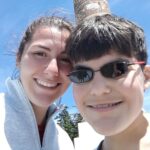 Ana Witherspoon
Ana Witherspoon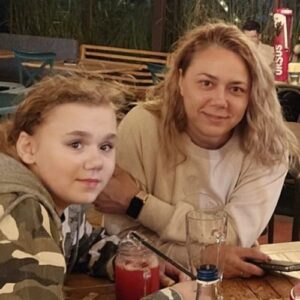 Roxana Dragan
Roxana Dragan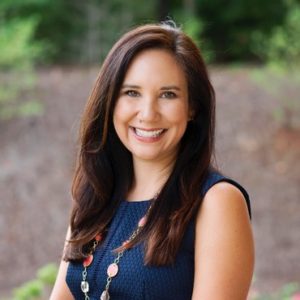 Allison Stephanouk
Allison Stephanouk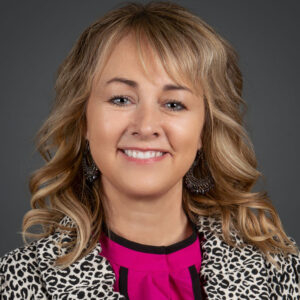 Michelle Larscheid
Michelle Larscheid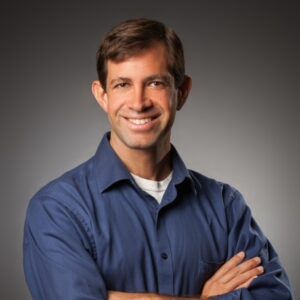 Sinan Omer Turnacioglu, MD
Sinan Omer Turnacioglu, MD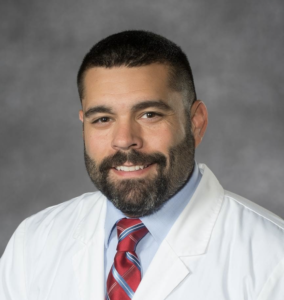 Christopher Vlangos PhD, FACMG
Christopher Vlangos PhD, FACMG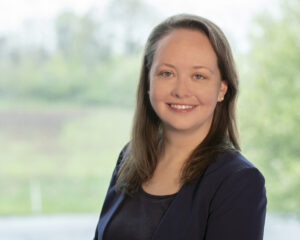 Cora Taylor, PhD
Cora Taylor, PhD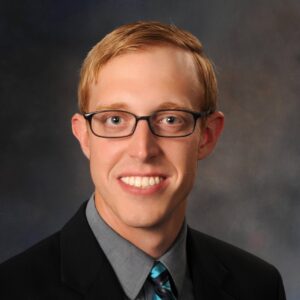 John Berens, MD, FAAP, FACP
John Berens, MD, FAAP, FACP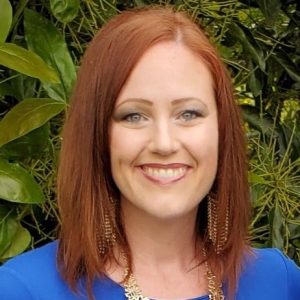 Amy Pereira
Amy Pereira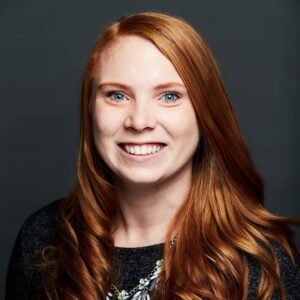 Rachel Franciskovich, MS, CGC
Rachel Franciskovich, MS, CGC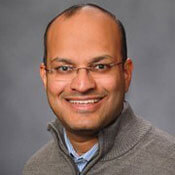 Santhosh Girirajan, MBBS, PhD
Santhosh Girirajan, MBBS, PhD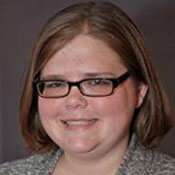 Rebecca Foster, PhD
Rebecca Foster, PhD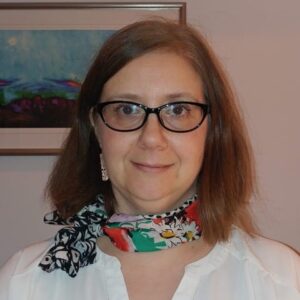 Nancy Raitano, PhD
Nancy Raitano, PhD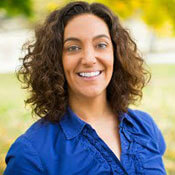 Christine Brennan, PhD CCC-SLP
Christine Brennan, PhD CCC-SLP Andrea Gropman, MD
Andrea Gropman, MD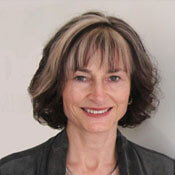 Kerry Boyd, MD, FRCPC
Kerry Boyd, MD, FRCPC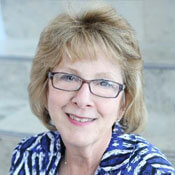 Barbara Haas-Givler, MEd, BCBA
Barbara Haas-Givler, MEd, BCBA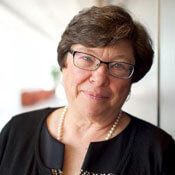 Ann C.M. Smith, MA, DSc (Hon), CGC
Ann C.M. Smith, MA, DSc (Hon), CGC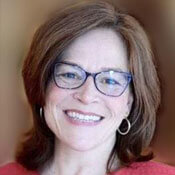 Sarah Elsea, PhD
Sarah Elsea, PhD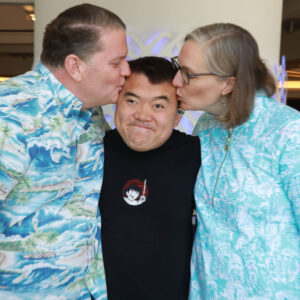 Glen & Kristine Braden
Glen & Kristine Braden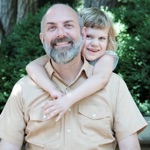 John Roseborough
John Roseborough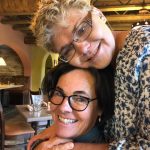 Barclay Daranyi
Barclay Daranyi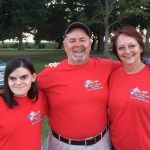 Ashton Charmaine
Ashton Charmaine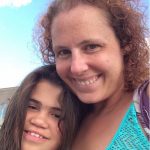 Carissa Le
Carissa Le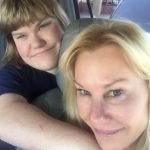 Rhonda Lowney
Rhonda Lowney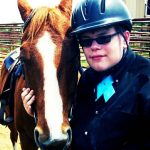 Ron Dixon
Ron Dixon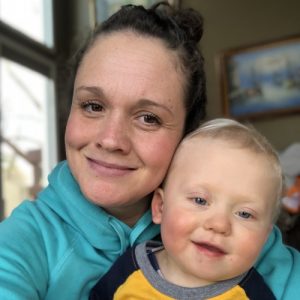 Maria Feagin
Maria Feagin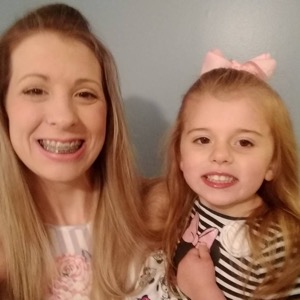 Caitlin Seldon
Caitlin Seldon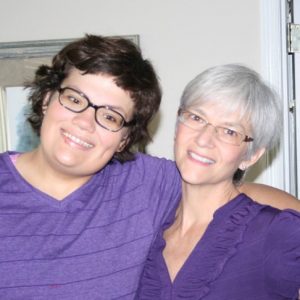 Julia Hetherington
Julia Hetherington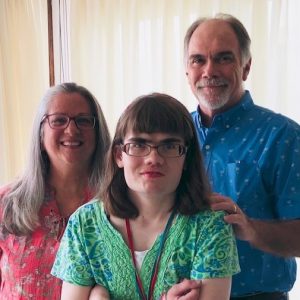 Liz and Bill Yates
Liz and Bill Yates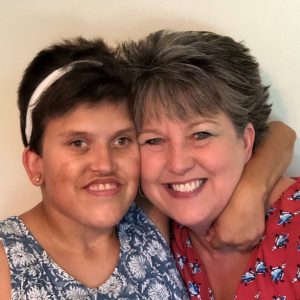 Tracie Belcher
Tracie Belcher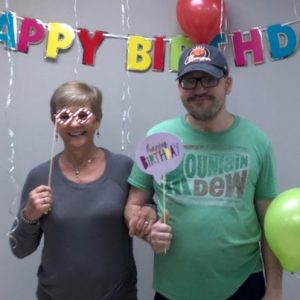 Rhonda Franklin
Rhonda Franklin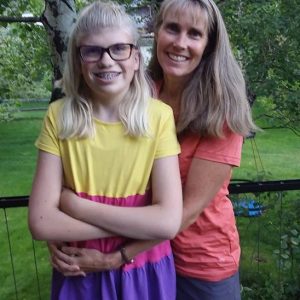 Marni Rolston
Marni Rolston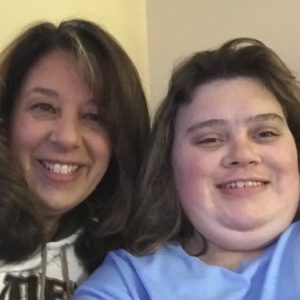 Michele Zdanowski
Michele Zdanowski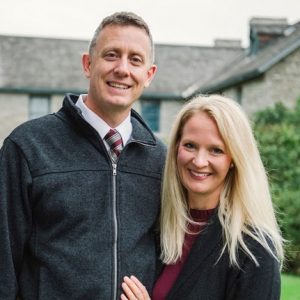 Theresa & Mark Smyth
Theresa & Mark Smyth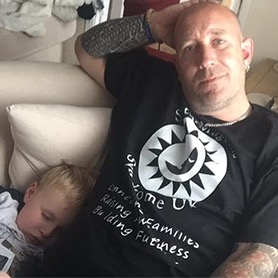 Mick Pearson
Mick Pearson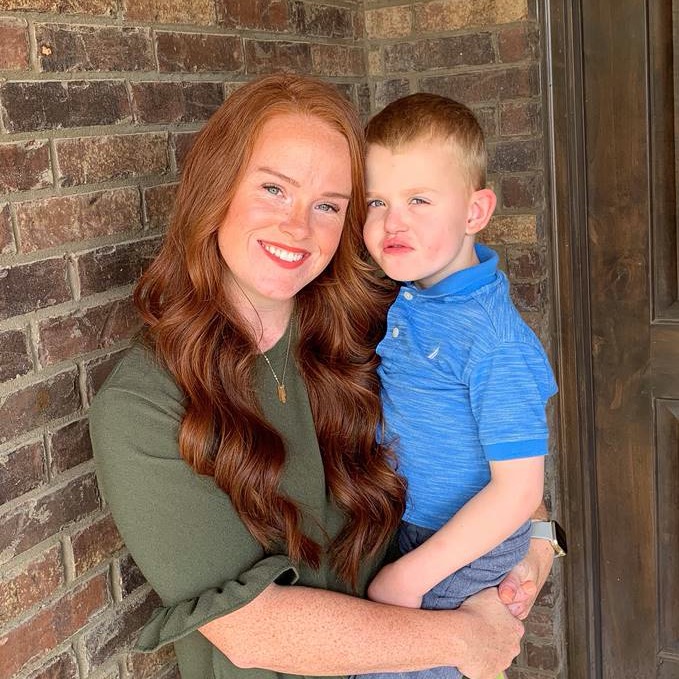 Abby Bell
Abby Bell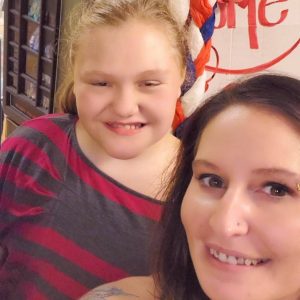 Heather Boney
Heather Boney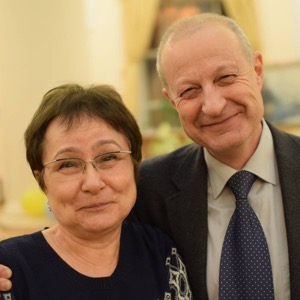 Bela Kafengauz & Alexander Tzetlin
Bela Kafengauz & Alexander Tzetlin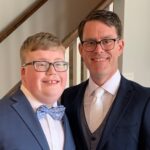 Kevin Daly
Kevin Daly Phil Ruedi
Phil Ruedi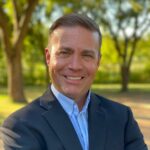 Brandon Daniel
Brandon Daniel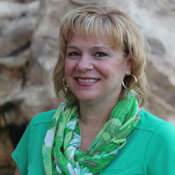 Denien Rasmussen
Denien Rasmussen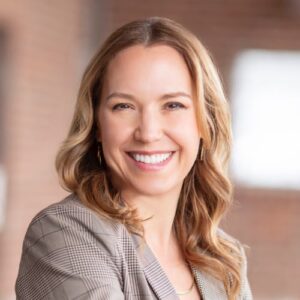 Jackie Fallenstein
Jackie Fallenstein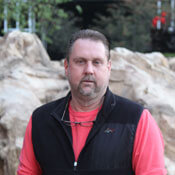 Percy Huston
Percy Huston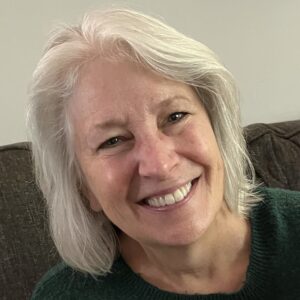 Lynda Kilian
Lynda Kilian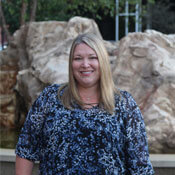 Diane Erth
Diane Erth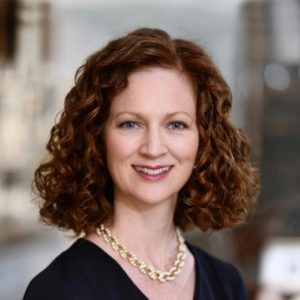 Theresa Wilson, MS, RD
Theresa Wilson, MS, RD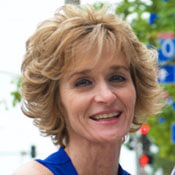 Margaret Miller
Margaret Miller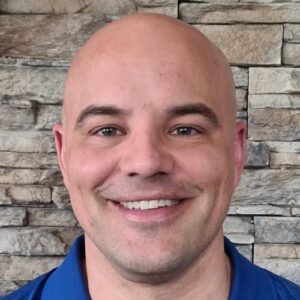 Jason Michaud
Jason Michaud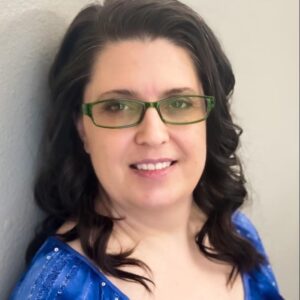 Michelle Lee
Michelle Lee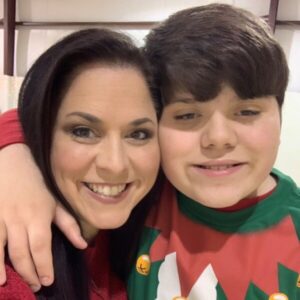 Jill Wood
Jill Wood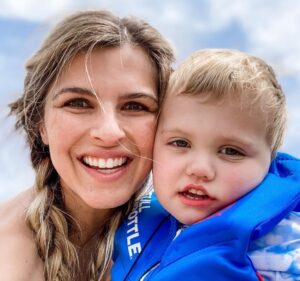 Natasha Schaller
Natasha Schaller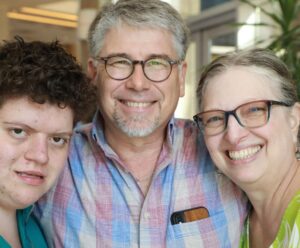 Kim Wirth
Kim Wirth Jane Charles, MD
Jane Charles, MD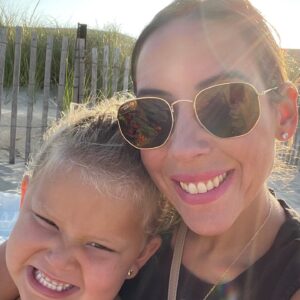 Randi Tanenbaum
Randi Tanenbaum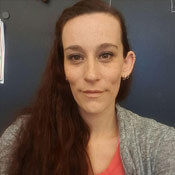 Brandi Wilson
Brandi Wilson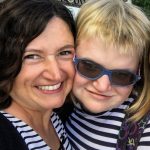 Debbie Brooks
Debbie Brooks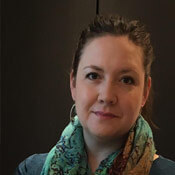 Amanda Downey
Amanda Downey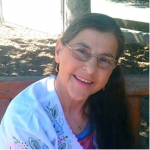 Laurie Bellet
Laurie Bellet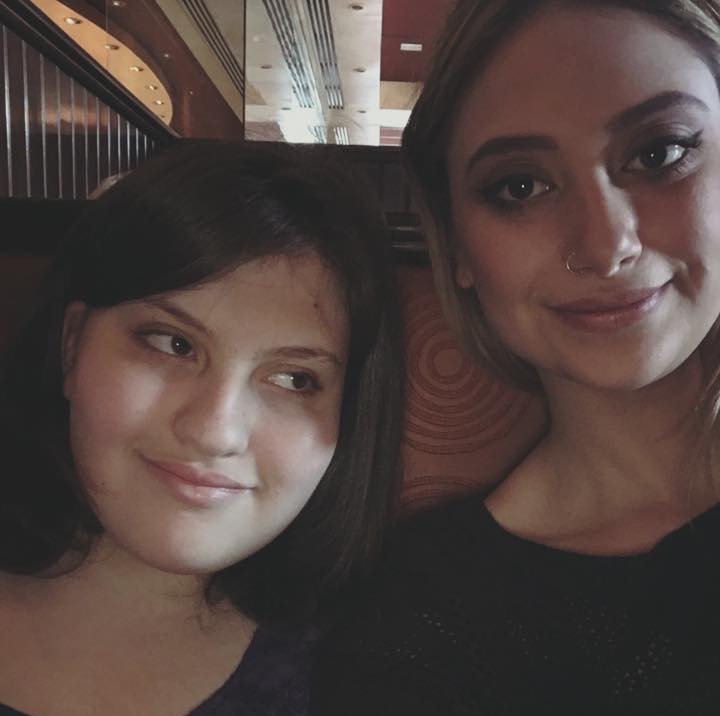 Remi Robbins,
Remi Robbins,
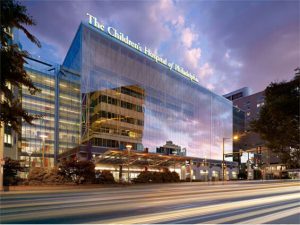 Many SMS patients experience frequent infections but the immunological basis for this phenomenon is currently unclear
Many SMS patients experience frequent infections but the immunological basis for this phenomenon is currently unclear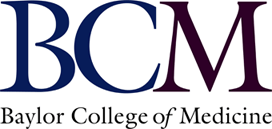
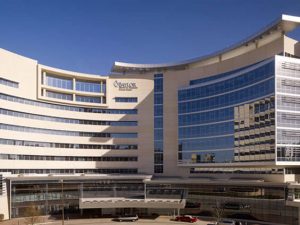 Smith-Magenis Syndrome is a genetic disorder most commonly caused by a deletion of chromosome 17p11.2, and less commonly by mutations in the RAI1 gene
Smith-Magenis Syndrome is a genetic disorder most commonly caused by a deletion of chromosome 17p11.2, and less commonly by mutations in the RAI1 gene
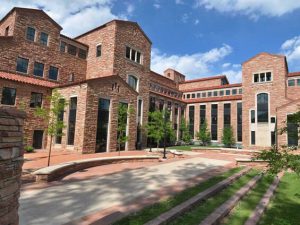 The SMS IEP Research Study team conducts research in the Department of Speech, Language, and Hearing Sciences at the University of Colorado Boulder
The SMS IEP Research Study team conducts research in the Department of Speech, Language, and Hearing Sciences at the University of Colorado Boulder
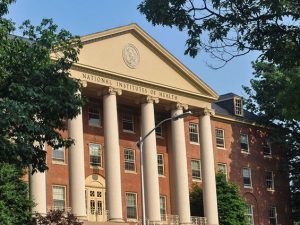 Growth Patterns in SMS
Growth Patterns in SMS
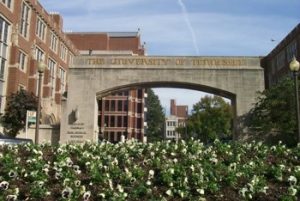

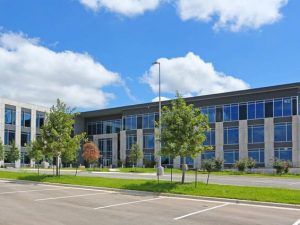 Do you have a child with Smith-Magenis syndrome?
Do you have a child with Smith-Magenis syndrome?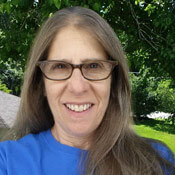 Leah Baigell
Leah Baigell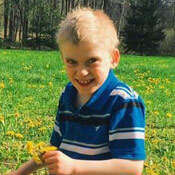 Judy Bogdan
Judy Bogdan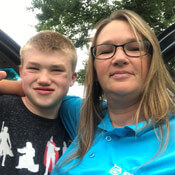 Mary Hards
Mary Hards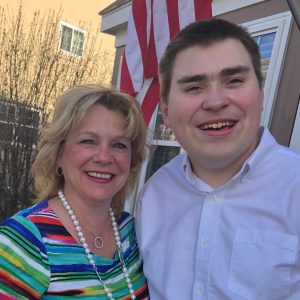 Denien Rasmussen
Denien Rasmussen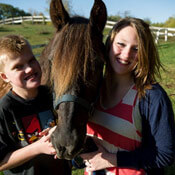 Heidi Graf
Heidi Graf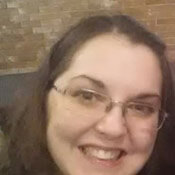 Annetta Zidzik
Annetta Zidzik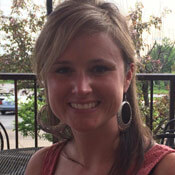 Jean Bishop
Jean Bishop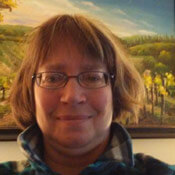 Jennifer Klump
Jennifer Klump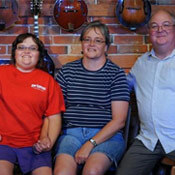 Eric and Kim Hoffman
Eric and Kim Hoffman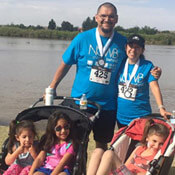 Alejandro and Delma Aguilar
Alejandro and Delma Aguilar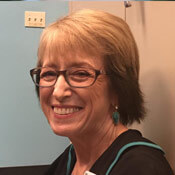 Mary Beall
Mary Beall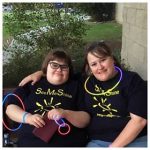 Jennifer Comford
Jennifer Comford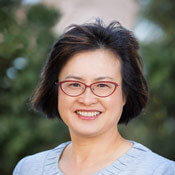 Charlene Liao
Charlene Liao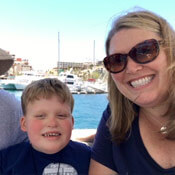 Diane Erth
Diane Erth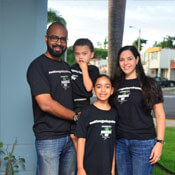 Sheila Herndandez-Vale
Sheila Herndandez-Vale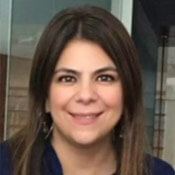 Maria Elena Carrancedo
Maria Elena Carrancedo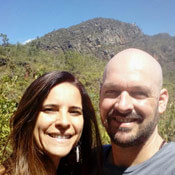 Eliane Barros
Eliane Barros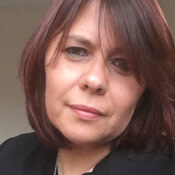 Sabrina Bisiani
Sabrina Bisiani
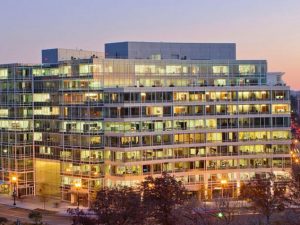 A new clinical study is investigating circadian rhythms and sleep disturbances in people with Smith-Magenis Syndrome to guide the development of a possible treatment.
A new clinical study is investigating circadian rhythms and sleep disturbances in people with Smith-Magenis Syndrome to guide the development of a possible treatment.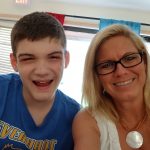 Allison Leatzow
Allison Leatzow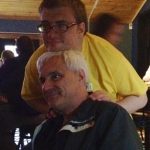 Kevin O’Connor
Kevin O’Connor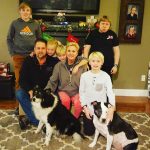 Bernadette Huston
Bernadette Huston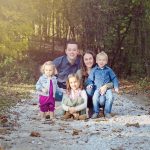 Brooke Widmer
Brooke Widmer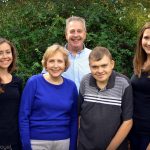 Maureen Monroe
Maureen Monroe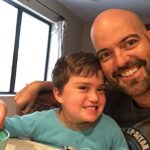 Trevor Gritman
Trevor Gritman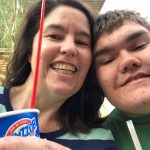 Patty Loyer
Patty Loyer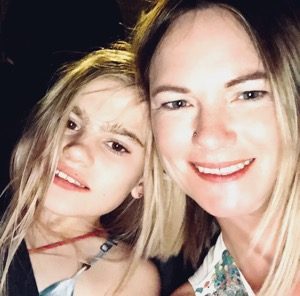 Cally Bauman
Cally Bauman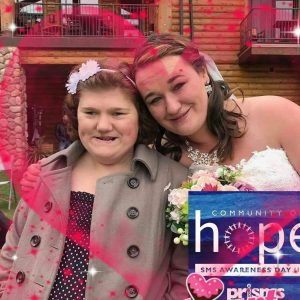 Brianna Ryczek
Brianna Ryczek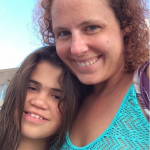 Carissa Le
Carissa Le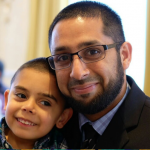 Osman Umarji
Osman Umarji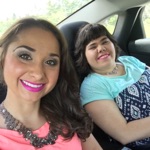 Callihan Marshall
Callihan Marshall